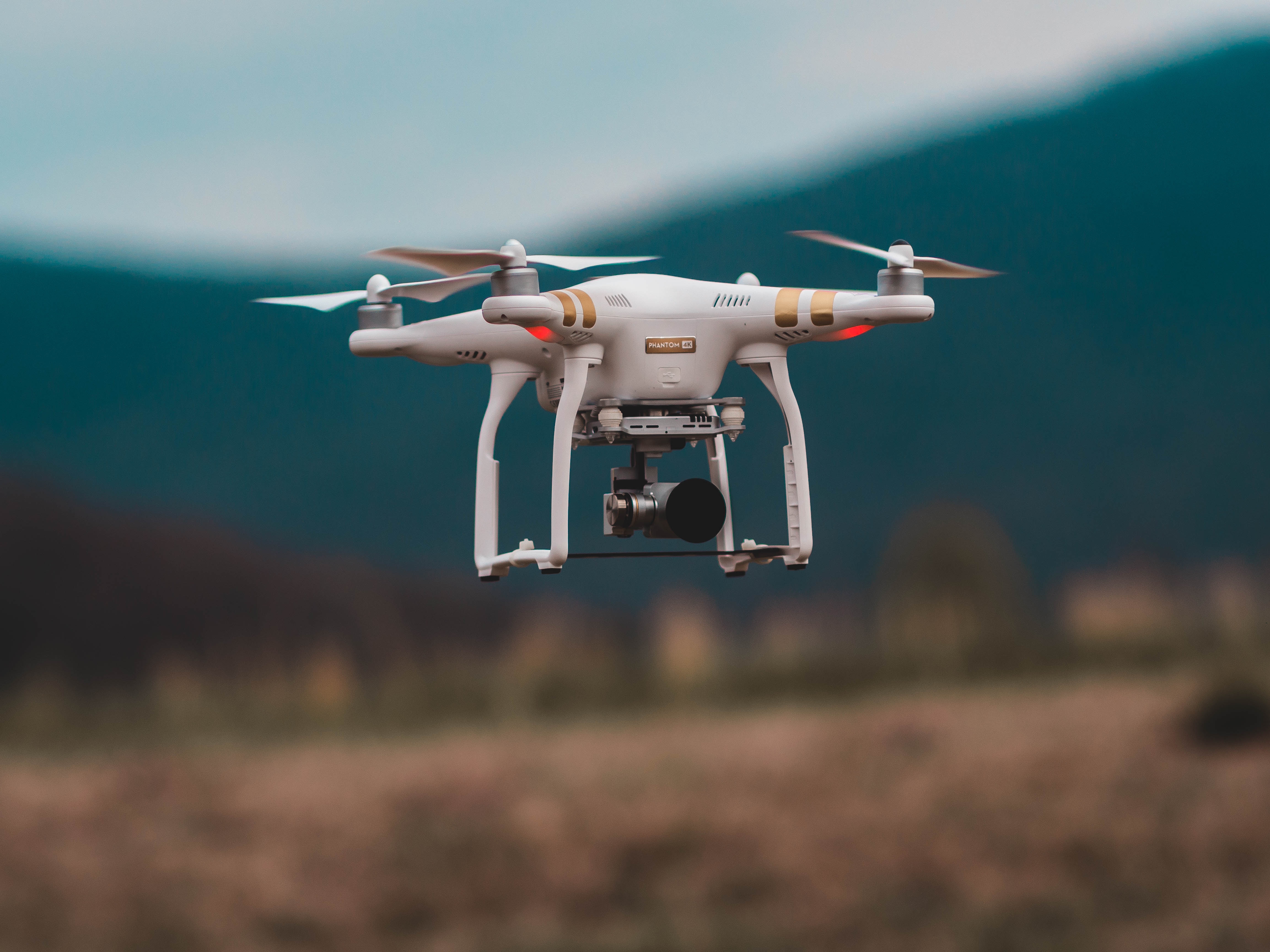
How content producers can use AI in digital marketing
Do you want to use AI to create better content? There’s no doubt that content production is getting more complex every day. It’s getting hard to get noticed on social media. Your inbox is packed with repetitive messages, and you must fight against a massive crowd to get people to read your content. And then […]
Research: Communicating the Image of North Karelia to German Market
Introduction of the study The aim of this master’s thesis was to increase the knowledge of German tourists as a marketing segment and to clarify, what kind of image they have about North Karelia as a region. The thesis was made in collaboration with the North Karelian DMO VisitKarelia. An online survey was sent to […]

What makes or breaks the content on a good tourism website?
What kind of content works on a top-notch tourism website? What actually engages the visitor to stay on the page longer and better yet -develop a genuine interest towards the company? When a few small things are taken into consideration, it is easier to capture the attention of the visitor. The most important thing to […]

How to do video marketing in tourism businesses?
Did you know that most people prefer video over reading? Also, social media platforms have started to favour video content, making video marketing in tourism an important part of any modern marketing mix. Videos have been growing fast as popular media content, especially on social media. Videos have great traffic potential and convert customers if […]
Content marketing and how to harness it for your business
Content marketing is a necessity in today’s digital marketing field. It is also an effective tool, especially for small entrepreneurs, to reach new customers, build trust and increase site traffic. The key to success is planning content marketing that can answer three questions: What are your customers’ need and desires? Can you provide your customers with […]

How to successfully master website design for your tourism business?
An effective website is important for your tourism business as it is one of the first touchpoints in online marketing. We developed a framework of the most important core factors in website design. Instead of digging deeper into each of them, we look at the whole picture. STRUCTURE AND DESIGN First, let’s start with the […]
Do Not Read This!
Content Marketing? Yep, I thought you wouldn’t listen. Luckily there is no harm in reading this, quite the opposite. I just wanted to prove a point: In content marketing, you are competing of customers enjoying an overflow of information and suffering lack of time. Therefore, your content marketing needs to be intriguing and catch the […]